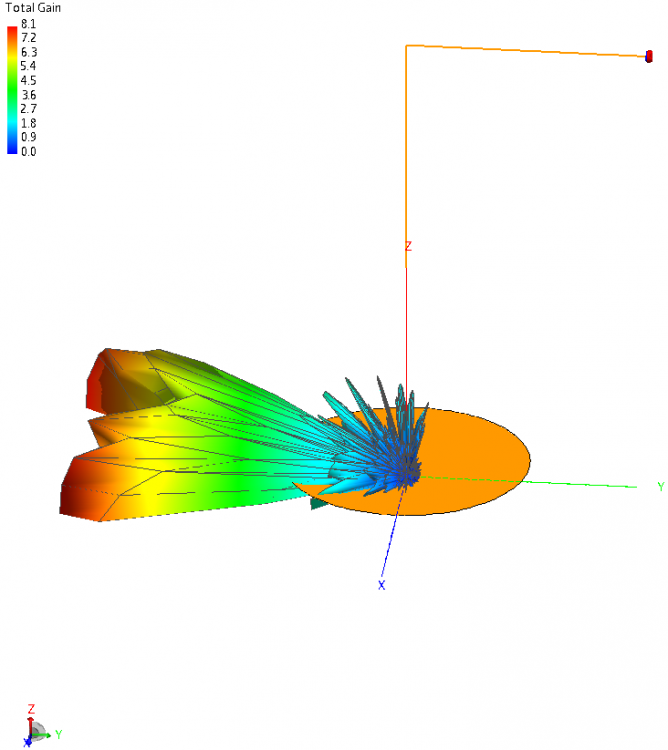Hello,
I modeled a parabolic dish reflector, and fed excitation with a wire feed at focal depth. I solved the model with MLFMM, and I got following result:
<?xml version="1.0" encoding="UTF-8"?>
The gain of dish antenna is disoriented. How can it be correctly oriented towards reflector?
Thank you,
FieldForcer